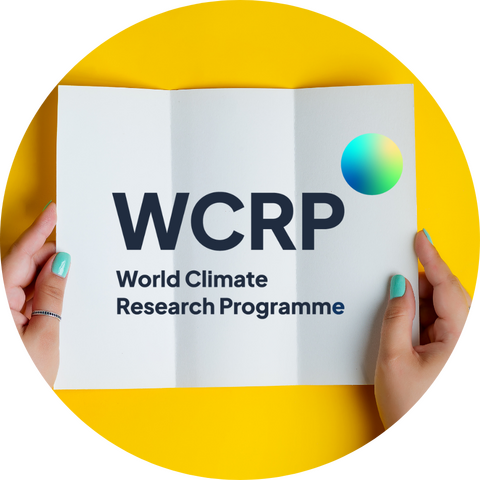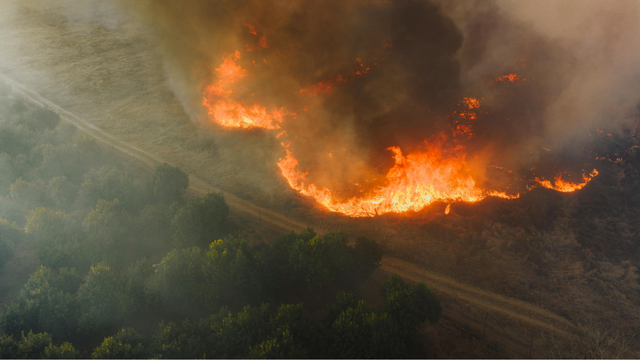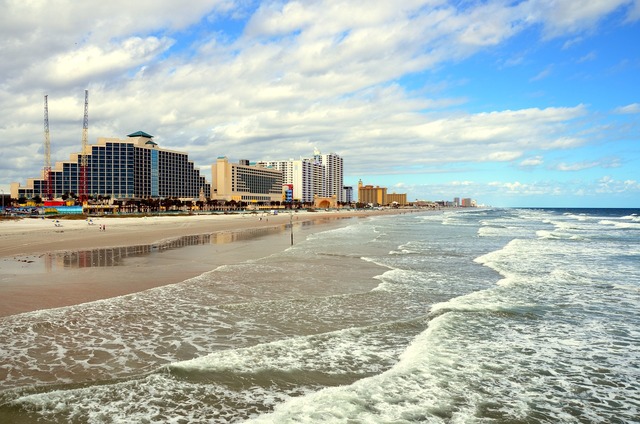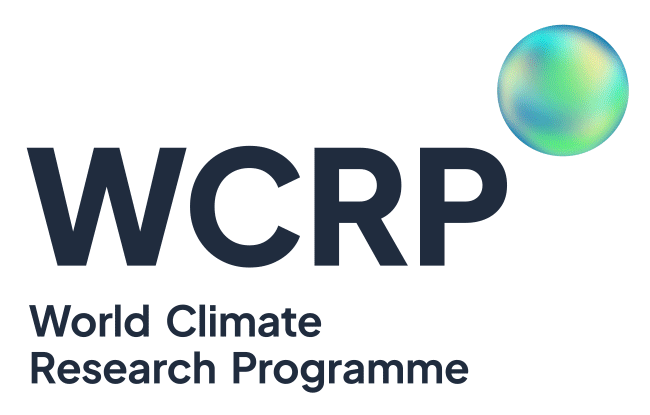A new article published in Communications Earth & Environment (Nov 2025), with contributions from members of WCRP’s My Climate Risk (MCR) Lighthouse Activity, highlights the critical need to formally recognize wildfires within the UNFCCC Loss & Damage framework. The study emphasizes that wildfire-driven impacts—on lives, ecosystems, and livelihoods—are growing in frequency and severity due to climate change.

The second annual State of Wildfires report, published in Earth System Science Data, tracks global wildfire activity from March 2024 to February 2025—revealing that carbon emissions reached 2.2 Pg C, 9% above average, despite a smaller burned area overall. The season was marked by devastating fires in South America’s rainforests and wetlands, Canada’s boreal forests, and Southern California, where climate change amplified extreme fire weather up to 70 times in some regions.

A new paper published by Ditlevsen and Ditlevsen in Nature Communications finds early warning signals of a critical transition of the AMOC system and suggests that it could shut down or collapse as early as 2025 and no later than 2095. For more information, click the heading above.


